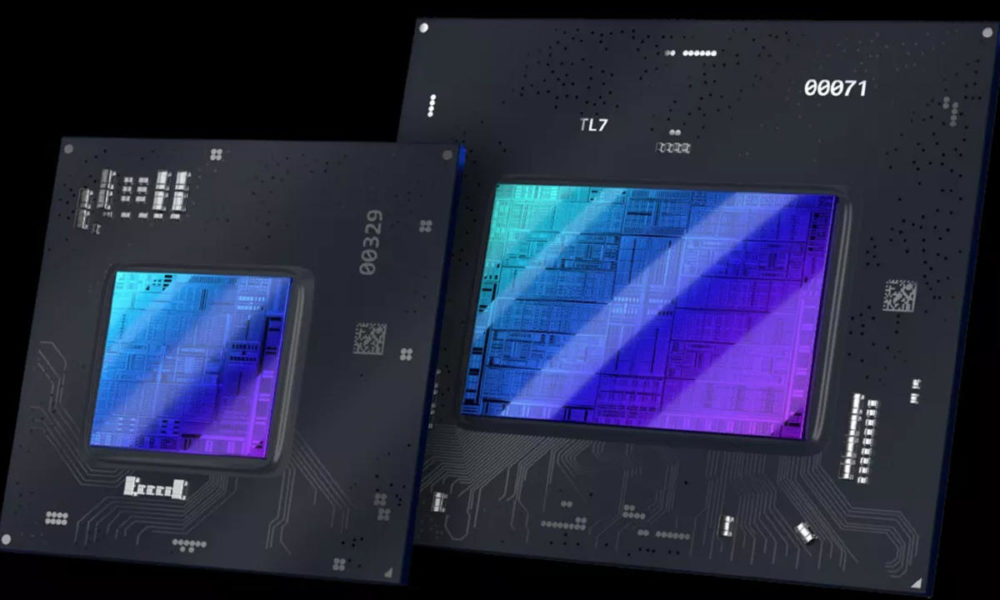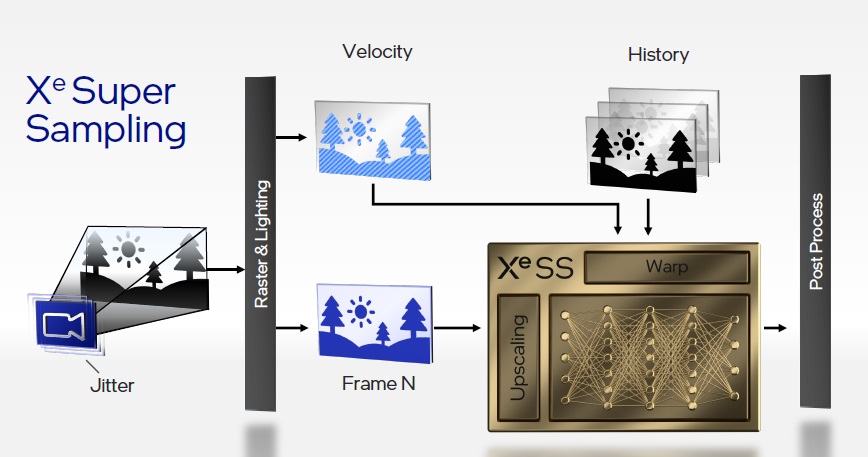
Intel Arc Alchemist, the chip giant’s first dedicated graphics cards in over twenty years, are taking shape and are expected to be available in the Q1 2022 to compete with NVIDIA and AMD in a graphic market that needs alternatives. They must come from a third major supplier that, incidentally, helps overcome the dire situation in the segment due to the lack of semiconductors and prices that are impossible for consumers.
Intel has taken its return to the top division of the graphics market very seriously and has built a talented team with Raja Koduri (former head of AMD’s Radeon Technologies graphics division) at the helm. Although Intel has been dominating the global sale of graphics chips thanks to the integrated ones in its processors, it has never been a real competition in consumer segments, and, in addition, it has seen how NVIDIA has been taking away market in solutions for HPC, centers of data, AI, Virtual Reality or the automotive industry, where GPUs are increasingly important.
The giant aims to turn things around with dedicated solutions that will arrive for all market, consumer and business segments, and whose technology will also serve to improve the potential of its integrated as we have seen with the latest Iris Xe series.
XeSS at the Intel Arc Alchemist
If you follow us regularly you will know that XeSS (Intel Xe Super Sampling) is the graphics rescaling technology created by Intel to compete with NVIDIA’s DLSS and AMD’s FSR. These types of image enhancement technologies (like ray tracing) have been key in graphic warfare in recent years by providing an enhanced visual experience.
There is consensus in affirming that NVIDIA DLSS is the most advanced on the market and the one compatible with a greater number of games. In addition to sophisticated artificial intelligence algorithms, the green giant uses dedicated hardware (Tensor cores) to improve its performance, stability, or image quality customization. Its deep neural network does the rest, handling tens of thousands of high-resolution images, but rendered by supercomputers at very low frame rates.
The result is the representation of images with similar quality at a higher frame rate or achieving the “magic” of generating images at higher resolution with reasonable FPS rates and thus being able to play, for example, at 8K. And we talk about similar quality or magic because this smart rescaling is not as perfect as a native run. It is not convenient to be deceived, from where there is nothing it cannot be extracted, although it must be recognized that the final result achieves its objective.
AMD has tried to replicate this technology with FidelityFX Super Resolution. It has not reached the level of NVIDIA, but the use of an open source algorithm with potential to be used in a greater number of graphics cards (some quite old) and not limited to those of NVIDIA that need dedicated hardware.
Intel XeSS wants to cover both fronts. On the one hand, it has been designed using open standards, similar to AMD’s FSR, to run on all current GPU platforms. It has not been defined how far they will be able to scale, but considering that the AMD FSR can be activated from the Radeon 400 series and the NVIDIA GeForce 10 we could be talking about these environments. A second variant will come hardware accelerated thanks to the XMX matrices incorporated in the Intel Arc Alchemist and both will not require individualized training for each game.
Intel has been showing images and information of this technology, but now it is the first time that it shows it in action in the video that you can see below running The Riftbreaker:
Is he Real first look at 1080 content upscaled to 4K in the Intel Arc Alchemist and the truth is that it looks very good, confirming that Intel’s supersampling technology will provide advantages in the operation of its graphics. And of models from other brands and series, although the level of compatibility it will offer is not clear.
It’s still a video and it will be hard to catch up with NVIDIA, but it shows that Intel is making great strides in its return to the dedicated graphics market.




